Highlights of Current Manhattan Museum Exhibitions and Related Articles About Our Members, Art in Our Exhibitions, and Our Art Articles
Manhattan Arts International is proud and honored to be based in Manhattan where leading art museums reside that present art by major artists and leading movements. They often bring to mind the art created by our artist members, our exhibitions, and previous articles. In a new series of articles we will highlight current exhibitions presented by Manhattan museums and we will also share links to our other art articles and artists members whose art may have been inspired by such artists or their related styles and movements.
This article highlights exhibitions at the Metropolitan Museum and the Whitney Museum of American Art and pairs them with artists from our online gallery and exhibitions and other articles we have published.
Banner image: The Metropolitan Museum of Art, photograph by Renee Phillips.
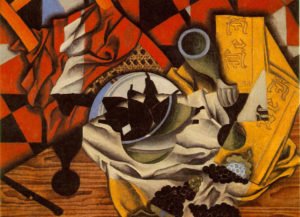
The Metropolitan Museum Presents “Cubism and the Trompe l’Oeil Tradition” An Entirely New Understanding of Cubism
In this exhibition at the Metropolitan Museum, “Cubism and the Trompe l’Oeil Tradition” works by Braque, Gris, and Picasso are featured in along with art from the 17th through 19th century. The exhibition runs from October 20, 2022 – January 22, 2023.
Viewers will see a connection to Cubism’s strategies, motifs, and playful provocation of trompe l’oeil (“deceive the eye”) illusionism.
As stated in the press release “This transhistorical, major international loan exhibition will bring together more than 100 objects, the majority being by the three Cubists who concertedly addressed the practice of trompe l’oeil in the years 1909-1915: Georges Braque, Juan Gris, and Pablo Picasso. Their paintings and collages (and, in the case of Picasso, sculptures) will be paired with celebrated works by European and American artists from the 17th through the 19th century—from Samuel van Hoogstraten and Cornelius Norbertus Gijsbrechts, to Louis Léopold Boilly and William Harnett.”
The Met also emphasizes, “Cubists both parodied and paid homage to classic trompe l’oeil devices, while inventing new ways of confounding the eye and the mind. Despite vast differences in overall appearance, both art forms interrogated the nature of representation, raising philosophical questions about the real and the fake, and the ephemeral and the enduring, that resonate powerfully today.”
Our Articles Related to this Exhibition and The Metropolitan Museum
What is Cubism?
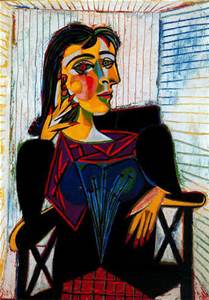
Charlotte Shroyer
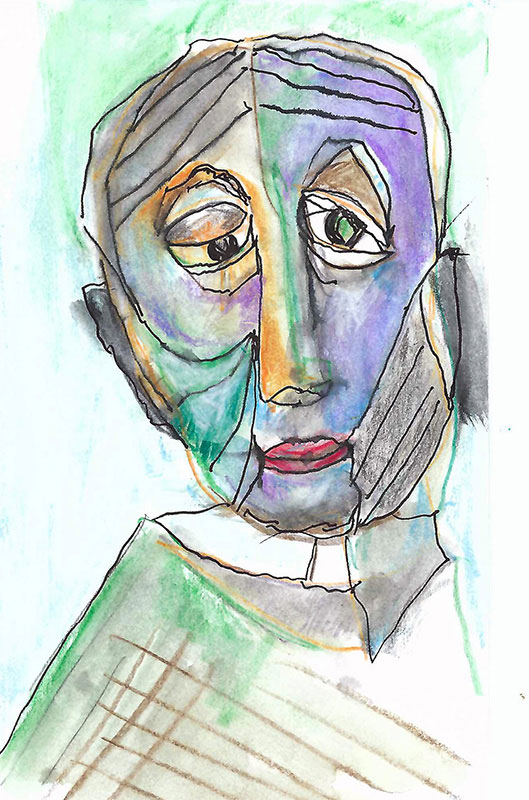 Charlotte Shroyer is an Artist Member Influenced by Picasso
Charlotte Shroyer is an Artist Member Influenced by Picasso
Lisa Freidus
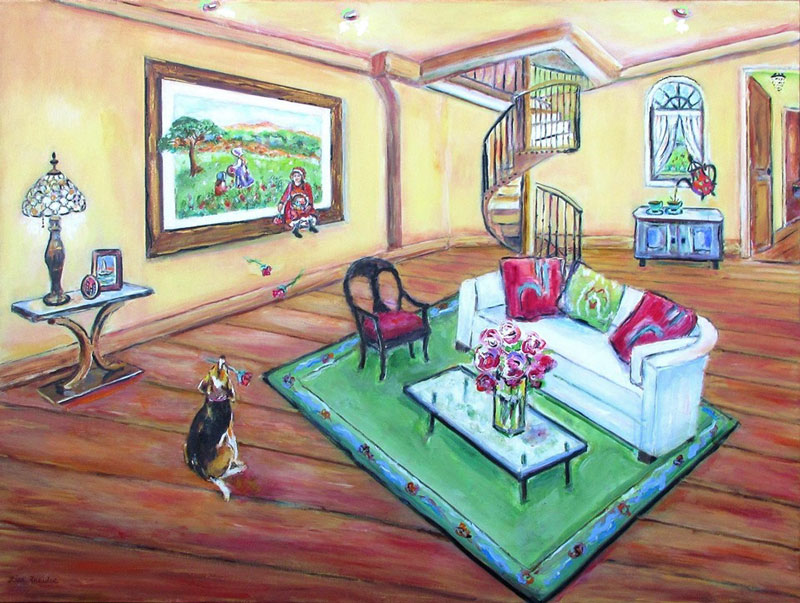 Lisa Freidus is an Artist Member Who Creates Trompe l’Oeil Art
Lisa Freidus is an Artist Member Who Creates Trompe l’Oeil Art
Nanette Fluhr
 Nanette Fluhr has been included in a video produced at the Metropolitan Museum of Art, highlighting her Master Copies. Shown above is one example of such a painting titled “Replica of Regnault’s Salome”.
Nanette Fluhr has been included in a video produced at the Metropolitan Museum of Art, highlighting her Master Copies. Shown above is one example of such a painting titled “Replica of Regnault’s Salome”.
Thomas Hart Benton
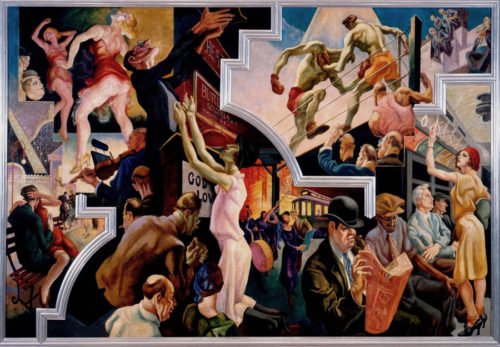 Thomas Hart Benton, City Activities with Subway, from “America Today”. The Metropolitan Museum of Art, New York, Gift of AXA Equitable, 2012. Read an article about the artist and view more art that is presented at the Met.
Thomas Hart Benton, City Activities with Subway, from “America Today”. The Metropolitan Museum of Art, New York, Gift of AXA Equitable, 2012. Read an article about the artist and view more art that is presented at the Met.
Whitney Museum Presents “Edward Hopper’s New York”
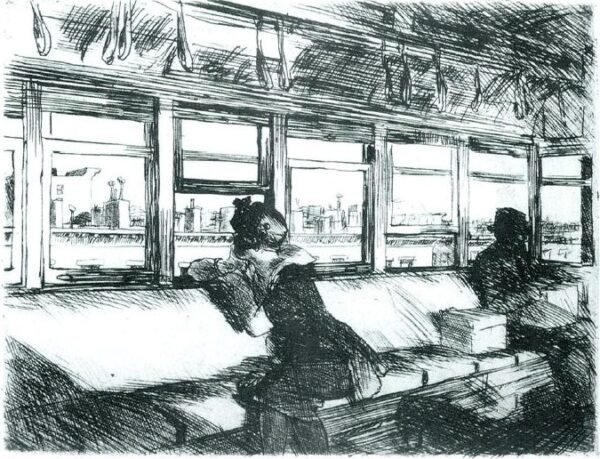 The Whitney Museum of American Art presents “Edward Hopper’s New York”, October 19, 2022 – March 5, 2023. According to the museum, “For Edward Hopper, New York was a city that existed in the mind as well as on the map, a place that took shape through lived experience, memory, and the collective imagination. It was, he reflected late in life, “the American city that I know best and like most.”
The Whitney Museum of American Art presents “Edward Hopper’s New York”, October 19, 2022 – March 5, 2023. According to the museum, “For Edward Hopper, New York was a city that existed in the mind as well as on the map, a place that took shape through lived experience, memory, and the collective imagination. It was, he reflected late in life, “the American city that I know best and like most.”
Shown here is Edward Hopper’s “Housetops”, etching, 1918″
The Whitney reminds us, “Hopper was drawn to the unsung utilitarian structures and out-of-the-way corners, the awkward collisions of new and old, civic and residential, public and private. He captured the paradoxes of the changing city.”
The exhibition “Edward Hopper’s New York” charts the artist’s enduring fascination with the city, revealing a vision of New York that is as much a manifestation of Hopper himself as it is a record of the city around him. It takes a comprehensive look at Hopper’s life and work, from his early impressions of New York in sketches, prints, and illustrations, to his late paintings, in which the city served as a backdrop for his evocative distillations of urban experience.
Very interesting. Love the connections you presented. It all worked very well together. A great read!
Hi Sandra, Thank you. I appreciate you taking the time to let me know you enjoyed it.